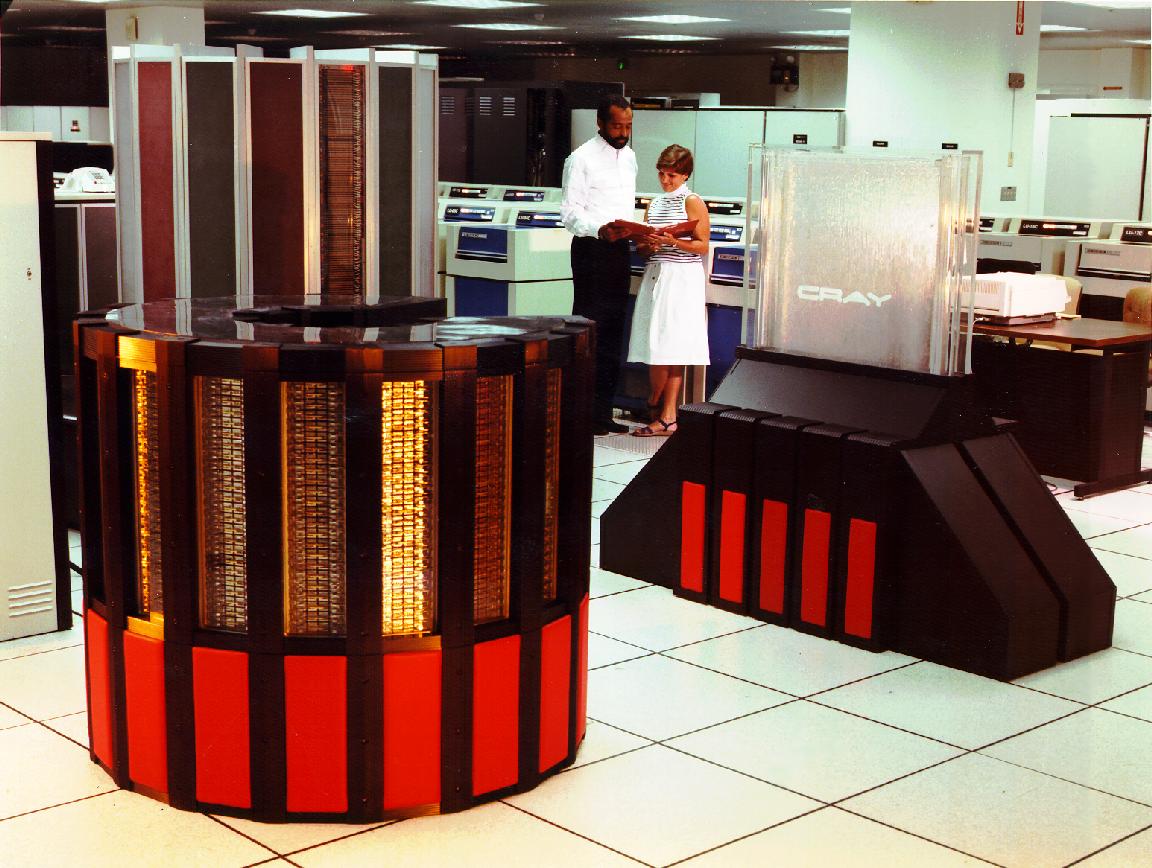We Need a Moore's Law for Government
IBDEditorials.com

You would need almost three of these 1985 Cray 2
supercomputers to equal the processing power of an
iPhone. So if technology can keep getting smaller
and more efficient, why can't government?
This week, IBM showed that it could cram data into a single atom, part of the private sector's never-ending quest to make things smaller and more efficient. If only government would follow this model.
IBM Research announced on Wednesday that it was able to put a holmium atom — a rare earth element — on top of a magnesium oxide surface, and with "a pulse of electric current from the magnetized tip of scanning tunneling microscope ... flip the orientation of the atom's field between a 0 or 1," according to the journal Nature, which published the findings.
Right now, the device can store just two bits of data, and it has to be kept at a temperature close to absolute zero. But when this technology is inevitably scaled up and made commercially viable, it will drastically shrink storage sizes, since today it takes 100,000 atoms to store a single bit of data on a hard drive.
IBM (IBM) figures that with this technology, a device the size of a credit card could hold all 32 million songs contained in the iTunes library.
There's no telling when such devices would be commercialized, but what IBM's breakthrough tells us about the free market — and about government — is instructive.
Scientific breakthroughs like this occur because the private sector relentlessly pushes for greater efficiency. In the case of computing technology, it's resulted in "Moore's Law," named after Gordon Moore, who in 1965 noticed that the number of circuits that could be crammed onto an integrated circuit had been doubling every two years.
The result is nothing short of remarkable. The pocket-size iPhone, for example, has more than 2.7 times the processing power of the 1985 Cray Supercomputer, which took up, according to the brochure published at the time, "a mere 16 square feet of floor space."
This drive for efficiency occurs everywhere in a free-market economy — from warehouses manned by robots, to the way McDonald's prepares its food, to the state-of-the-art navigation systems UPS trucks use to minimize delivery times.
But while the free market ceaselessly pushes things to get smaller and more efficient, the federal government continues to get bigger and less efficient.
Between 1985 and today, for example, the size of the federal government doubled, even after accounting for inflation, at a time when the U.S. population has increased by 34%.
That's just the spending side. Regulations have continued to pile up as well, without any concern about how they interact or overlap or reduce efficiency.
The result of this endless government growth has been a slower-growing private economy. From 1960 to 1988, real GDP increased at an average rate of 3.6%. In the years since, it has increased at an average rate of 2.5%. Since the last recession, the average real growth in GDP was less than 2.1%.
Can anyone honestly say that a bigger, more intrusive federal government has helped the economy, improved prosperity, or made things faster, better and more efficient?
President Trump came into
office promising to "drain the swamp" of Washington,
D.C. A better goal would be for him to follow IBM's
lead and try to shrink the swamp until it becomes
atomic sized.

